The Climate Skin is a lattice-like envelope of lightweight steel and folding panels covered with Trespa™ slats. When closed, they appear as a smooth surface; when open, they fold like a bird's feathers. Like an intricate lace dress, the building's skin changes both style and appearance at different times of day, depending on the viewpoints, and also serves as a filter for the privacy of the house from the public street

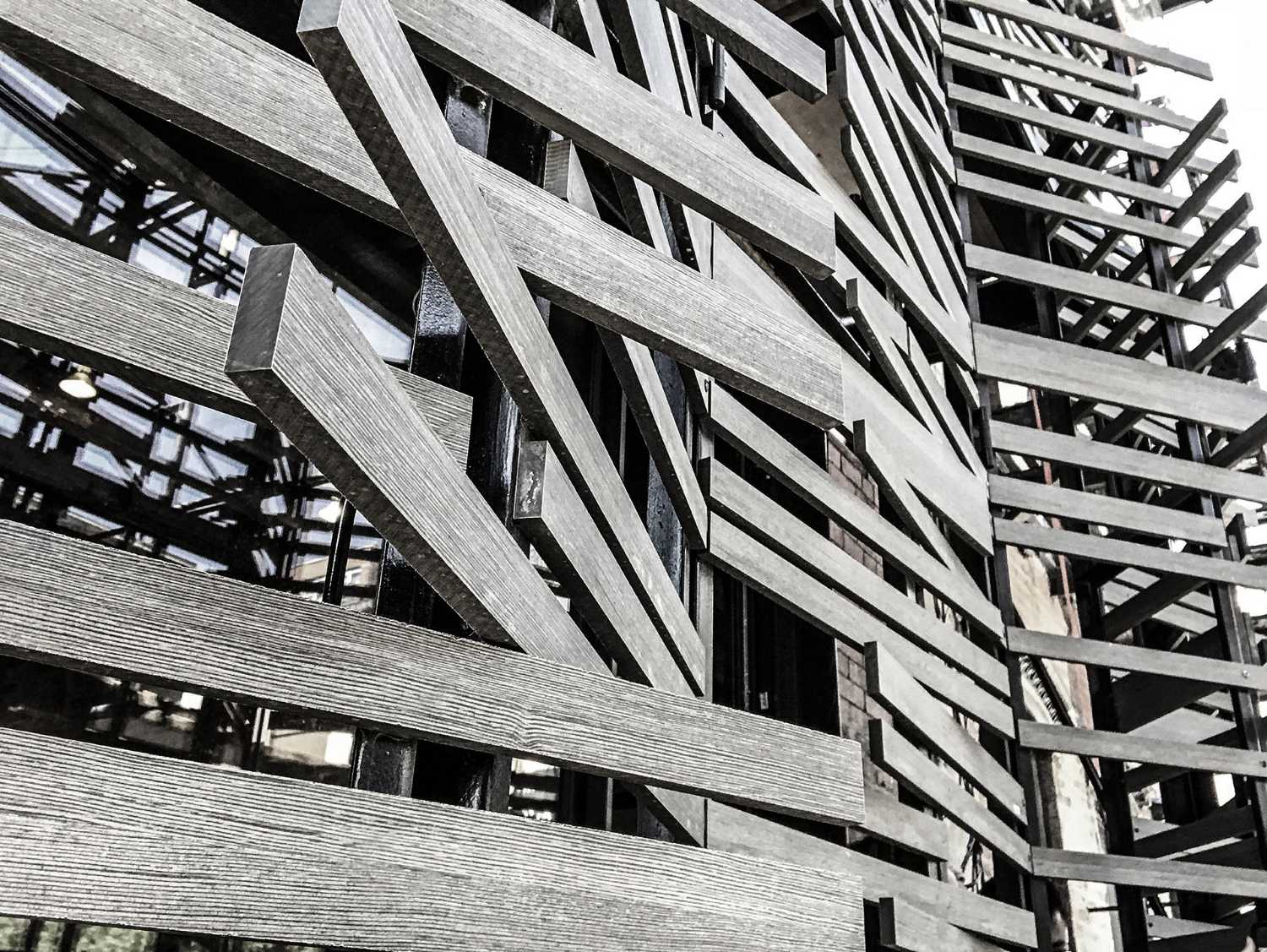
512GW Townhouse: a new sustainable urban residence in Soho thanks to Climate Skin
Archi-Tectonics converted a long, narrow industrial structure in Soho into a spacious, flexible 8-story family home. The size of the space was doubled by adding a 4-story structure to the original townhouse, and unifying the two volumes with a 3d envelope: the Climate Skin
- #America
- #United States
- #Architectures
- #Building recovery
- #Residence
- #Condominium
- #Metal
- #Wood
- #Restyling
- #Architecture
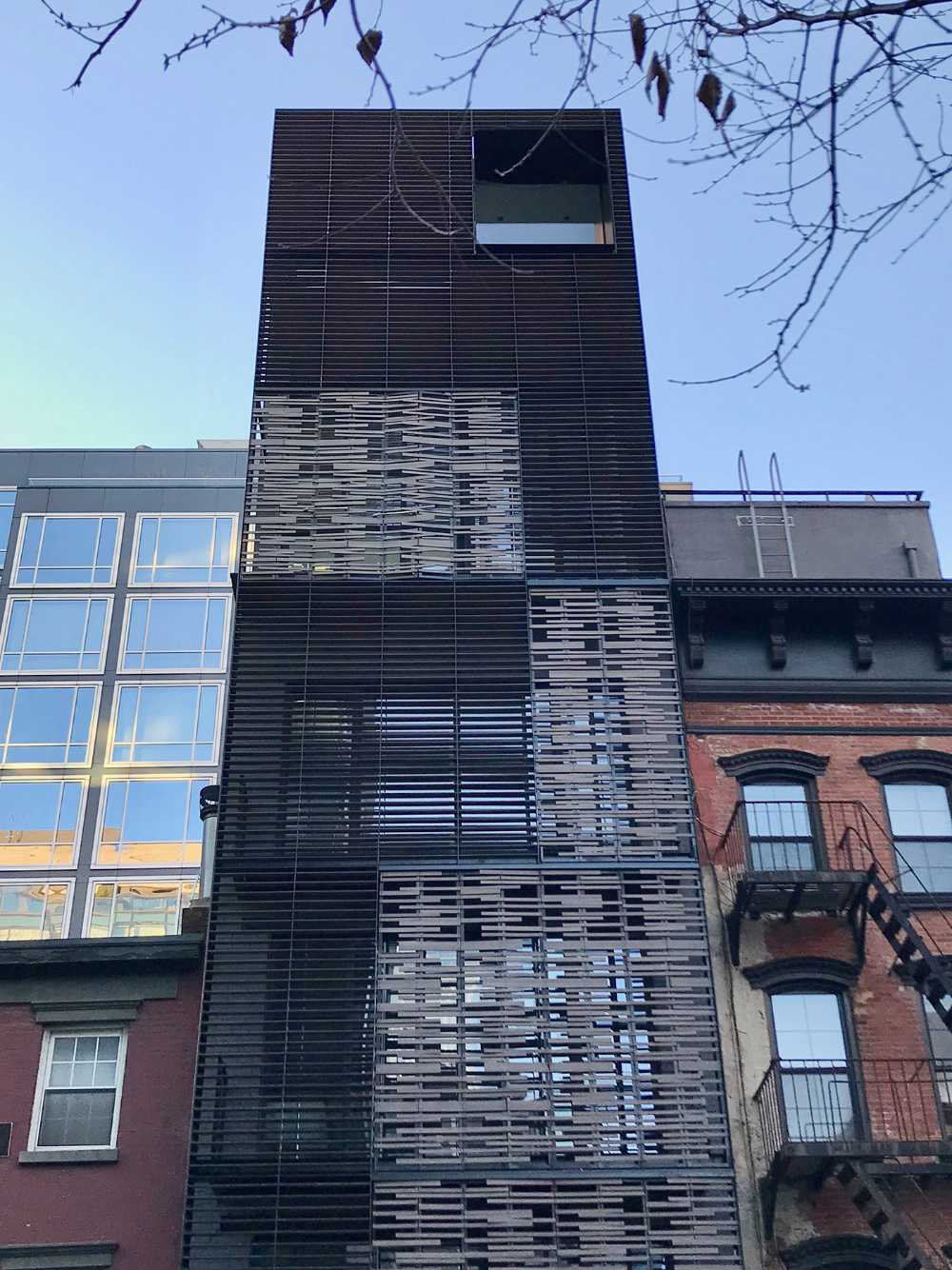
The Climate Skin doesn't stop at the façade but also wraps around the roof, creating a private outdoor room with a green roof and bringing an outdoor dining area to life.
The Climate Skin allows for the regulation of ventilation, light, shade, and temperature so that the building adapts naturally to the environmental conditions
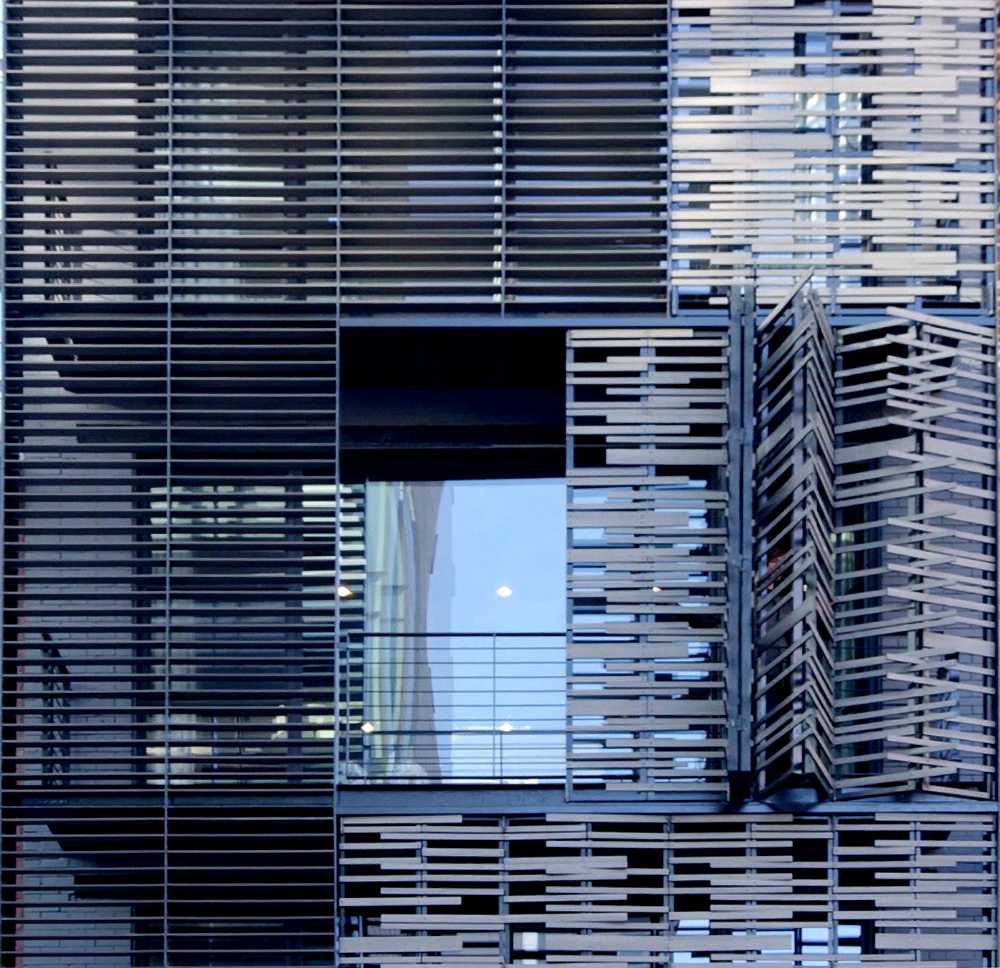
Inside, the design respects the building's history by restoring existing brick and up-cycling materials. The black steel in the original building is reused throughout the house, for example in the staircase that traverses the building's eight floors lit from above by a glass roof. At the top a perfect meditation corner where the Climate Skin is interrupted projecting the view of the Soho district.
On each floor, the Archi-Tectonics design brings out double-height units that allow for an interconnected space, letting the eye and light wander in a feeling of utmost verticality and a dynamic and spatial daily experience
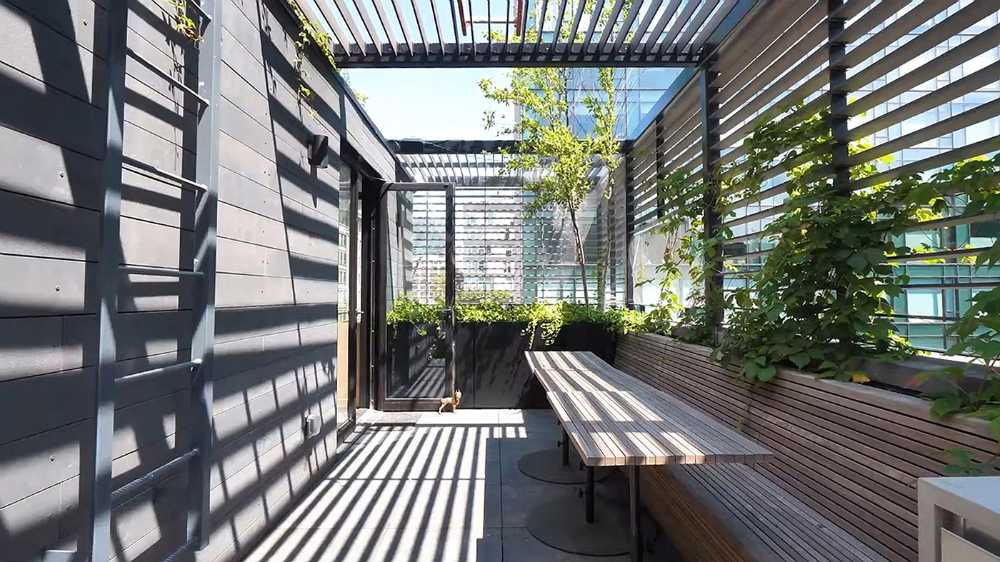
This urban residence represents an innovative approach to the density of a city challenged by housing shortages and a skyrocketing real estate market: not only does it offer residents a variety of elegant living spaces, workspaces and generous outdoor spaces, but it also respects the city's existing landmarks and represents a potential future for urban living. The adaptability of the climate skin to environmental conditions represents a rethinking of the environmental footprint of living and reduces the energy costs. It also anticipates future, more sustainable design approaches to urban living
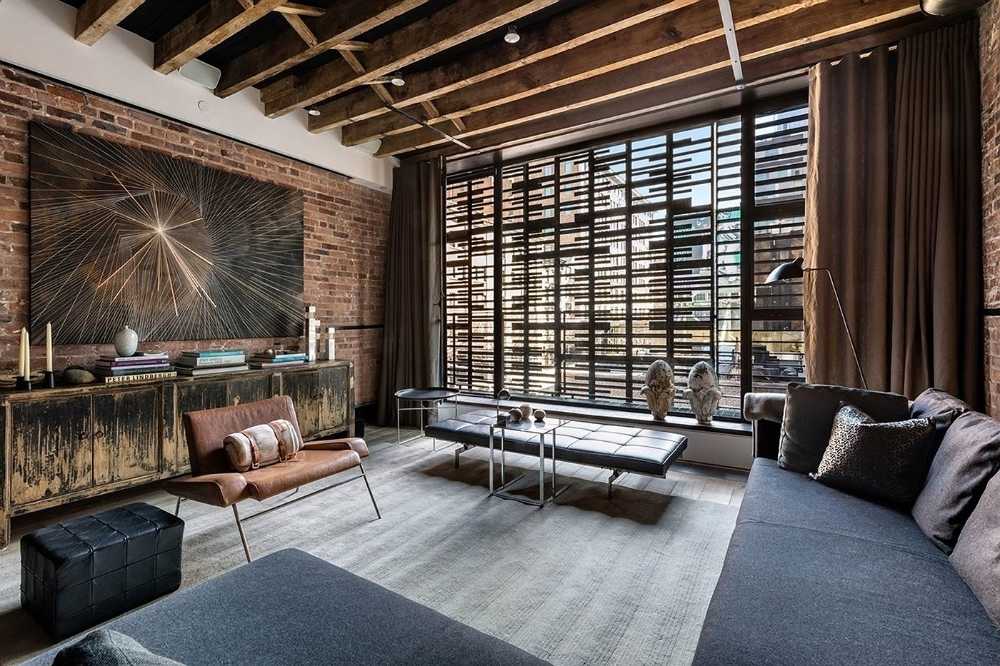
Gallery
Photo credits
Top image: Archi-Tectonics
Content images: 1 Archi-Tectonics - 2 Surface Magazine - 3, 4 Evan Joseph
Gallery images: 1, 2, 6, 7, 9, 10, 13 Evan Joseph - 3, 11, 12, 14, 15 Archi-Tectonics - 4, 5 Federica Carlet - 8 Surface Magazine

















